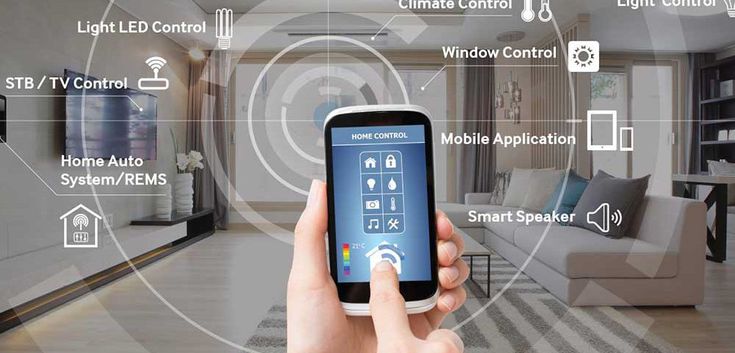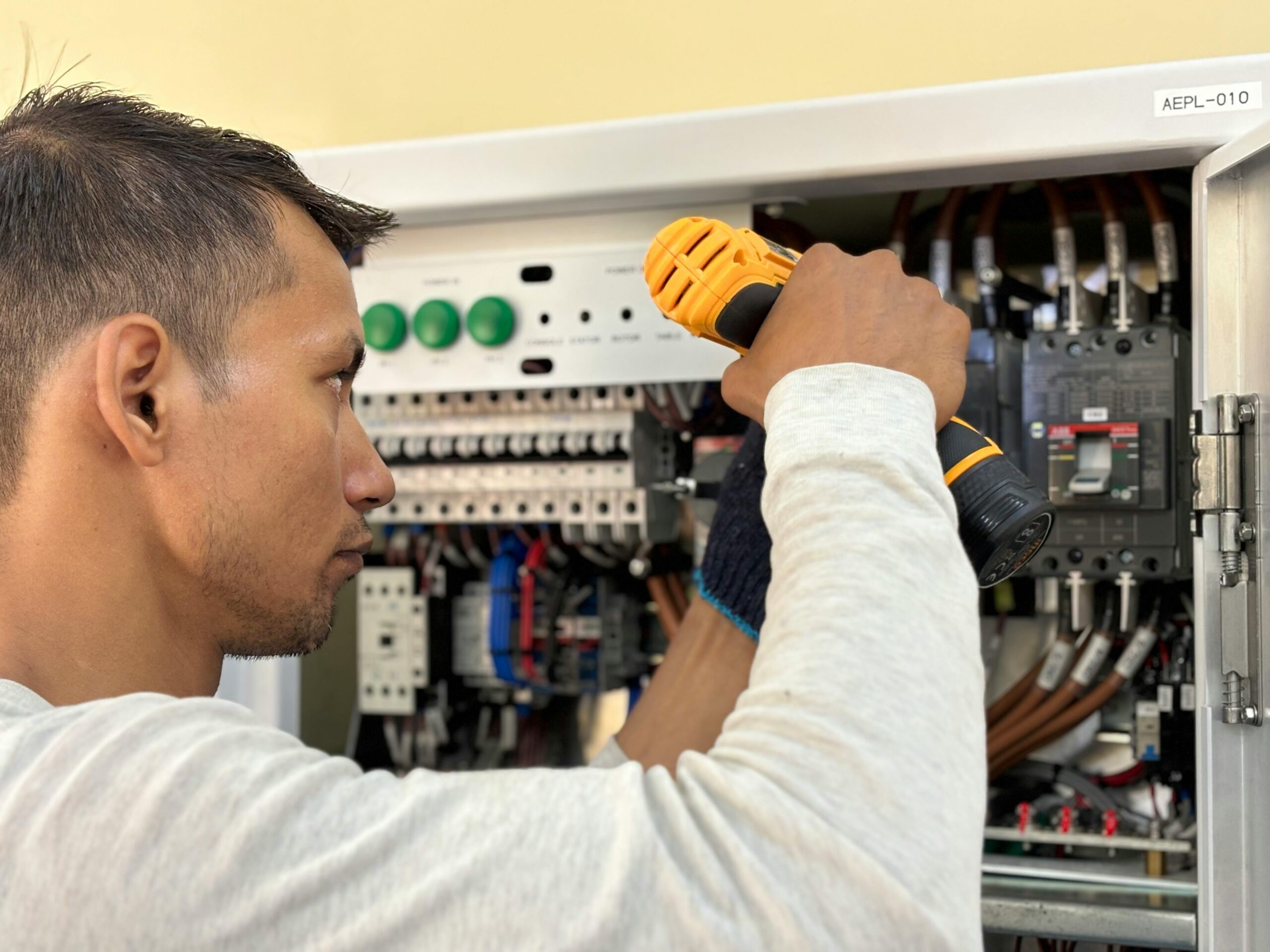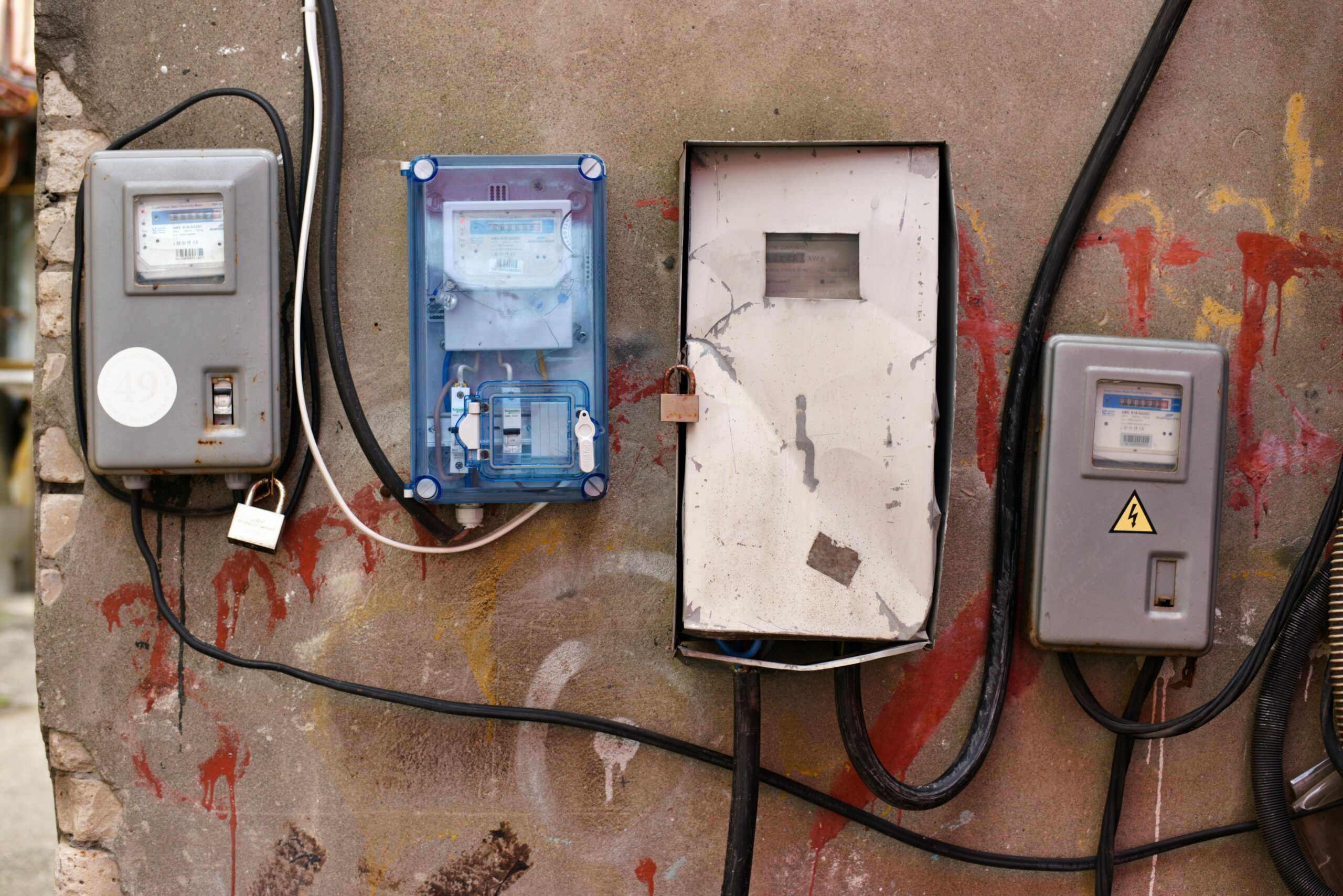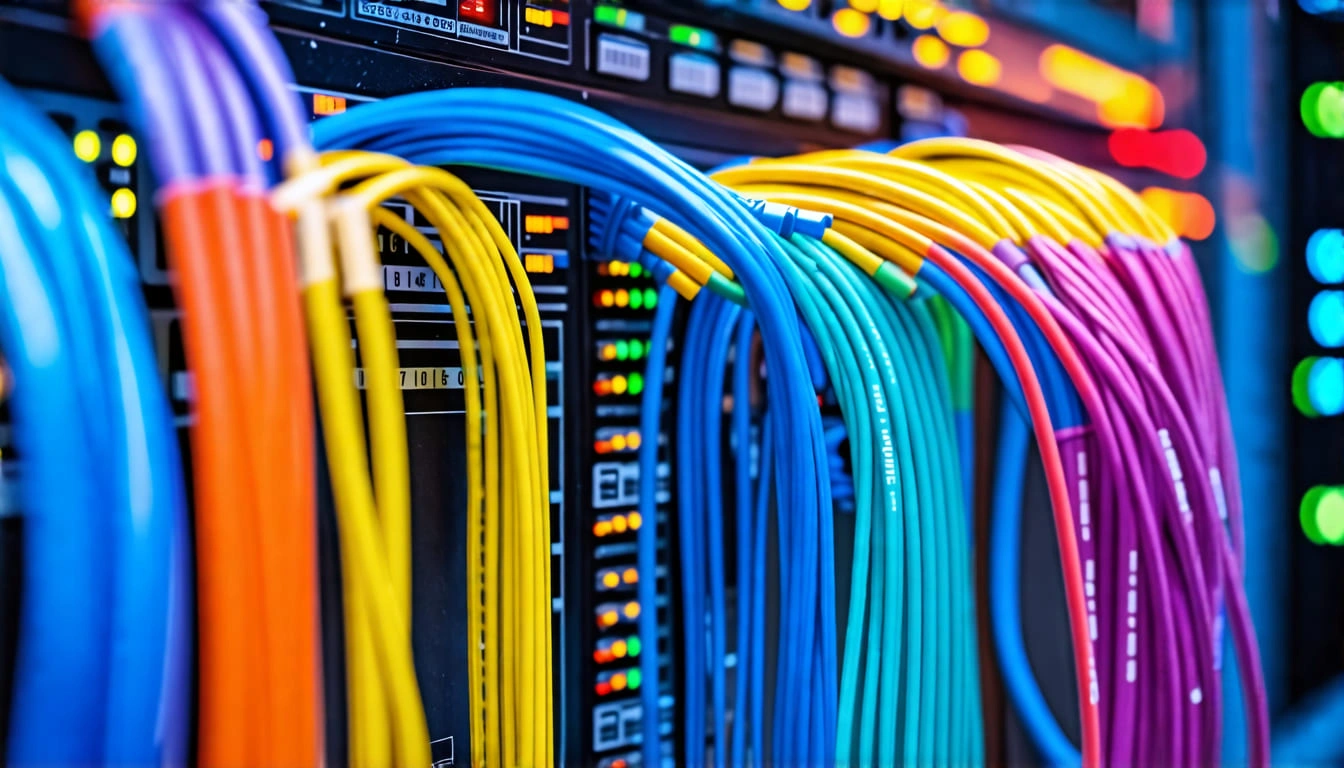Technology is ever-evolving and can be intimidating to tackle—but it doesn’t have to be. Whether you’re looking for an upgrade or just getting started, transforming your home into a welcoming tech haven doesn’t have to be a challenge. Say goodbye to tedious and time-consuming tasks like switching lights on manually and hello to the convenience of smart home installation. With the right tips and tricks, you can quickly transform your house into a tech-savvy home that moves beyond traditional energy consumption methods and embraces modern advancements.
Read on for some essential tips about how to easily upgrade your residence!
What is Smart Home Installation?
Smart Home Installation is setting up home devices and systems to work together to make your life easier. By installing interconnected technology, homes can be automated to provide comfort, convenience, and security without being manually operated.
Smart home devices are becoming increasingly popular, making life easier by automating processes in the home. There are various types of smart devices to choose from. They come in multiple options and can be used for different tasks. For example:
- Smart Lighting – can be set to turn on and off at certain times, reducing energy costs.
- Voice Assistants – can recognize your voice commands to play music, perform basic searches, give the status of things around the house, remind you of appointments, and much more.
- Thermostats – allow you to adjust your home’s temperature remotely, creating perfect climate conditions.
- Home Security Systems – cameras can help monitor your home while you’re away or provide safety while you are there.
- Smart Appliances, Entertainment Systems, and more
By combining different types of Smart Home devices, a fully functioning network of powered components can be set up, enabling various tasks to run more efficiently than ever. Overall, Smart Home Installation is an incredibly beneficial way to experience greater control over your living space with the help of advanced technology.
Tools and Equipment Needed for Installation
Installing a smart home requires more than just picking up the necessary gadgets. If you want to do it yourself, you must ensure you have all the right tools and equipment in your arsenal. So let’s walk through each of them to create the dream smart home that you’ve always wanted.
- A screwdriver set should be included for almost any installation project, with multiple sizes being recommended.
- Electronic drill bits are invaluable when holes must be made.
- Cable ties are essential for routing and safely securing wires behind walls or elsewhere along their path.
- Smart home components may require power supplies and other mounting hardware like anchors or toggle bolts.
Having the proper tools for the job can help ensure your product is installed correctly and safely so it can last for years. Take your time gathering everything needed before starting any project – better safe than sorry.
Compatibility of Smart Home Devices
Compatibility is an essential factor to consider when setting up a Smart Home environment, as it will determine which devices can interact with each other. The compatibility of a set of smart home devices depends on several factors, such as the protocol being used, the level of integration with other similar devices, etc.
You can determine the compatibility of your device by checking with the manufacturer and finding out if it connects to other services or platforms. However, it’s also important to understand that just because one type of device works with others doesn’t necessarily mean they will be compatible in all cases – this is particularly true for new technologies.
Common compatibility issues and how to resolve them
Common compatibility issues arise from limited system resources and data exchange capabilities, which can lead to crashes and lost performance. To resolve this issue, you may need to update existing software, connect with certified third-party service providers or check for any updates that have been released for compatibility fixes.
Compatible smart home systems should provide reliability and offer features that boost user experience without significant disruption – so ensuring good compatibility before taking the plunge is worthwhile.
DIY Smart Home Installation
Are you looking to upgrade your home with smart features? DIY Smart Home Installation can be a cost-effective, convenient way to bring the latest technology into your living space. Several important steps and tips are needed when installing smart home technology.
- Identify the devices you need to install and ensure you have all the necessary equipment.
- Research your existing home technology system and ensure that any new devices are compatible.
- Thoroughly read the instructions for each device and familiarize yourself with the setup process.
- As indicated in the setup instructions, connect each device to power, Wi-Fi, and other necessary connections.
- According to the instruction manual, place and configure sensors or cameras in desired locations.
- Install additional software or apps on your smartphone, tablet, or laptop as needed.
- Ensure everything is appropriately connected, including all sensors, cameras, hubs, and other components.
- Test out your newly installed smart home devices, ensuring everything is functioning correctly according to the instruction manual.
Finally, weigh the considerations between DIY installation or professional installation – while DIY may initially save money and time on labor costs upfront, it also means shouldering more responsibility in troubleshooting.
With careful planning and research in advance, though, DIY Smart Home Installation can be an exciting way to transform your home.
Ensuring Secure Smart Home Setup
Security has become an increasingly important topic in modern-day homes, especially with the development of innovative home technology and the rise in digital threats. To ensure a secure smart home setup, follow a few basic steps to keep your home safe from cyber attacks and other risks.
First and foremost, keep software up to date on all of your devices since new updates can help patch up any weaknesses hackers could exploit.
Secondly, you should use strong usernames and passwords, ensuring your credentials are unique for all devices.
Lastly, please take advantage of two-factor authentication when available, as it provides an extra layer of security if someone can guess one of your hidden passwords. Understanding the risks associated with having a connected home is essential if you want to keep your property secure — with these tips in mind, you’ll be able to enjoy your smart home without worry.
Conclusion
Are you ready to jump on the smart home train? If so, you don’t need to be intimidated by it! With the right resources, simple DIY installation can turn your home into a tech haven. Smart home technology offers incredible convenience, safety, and energy efficiency benefits that are hard to ignore.
So don’t hesitate to embrace this future of home technology and take comfort in knowing that you can do it yourself. After following these steps, we hope you feel confident about taking the following steps toward creating a smarter, more secure lifestyle for yourself.
If you need professional help along the way, contact us here at Smith & Jones Electric – our technicians are happy to help.
We help companies refine their messaging, hone in their sales process, and grow their pipeline – all with a new website.






